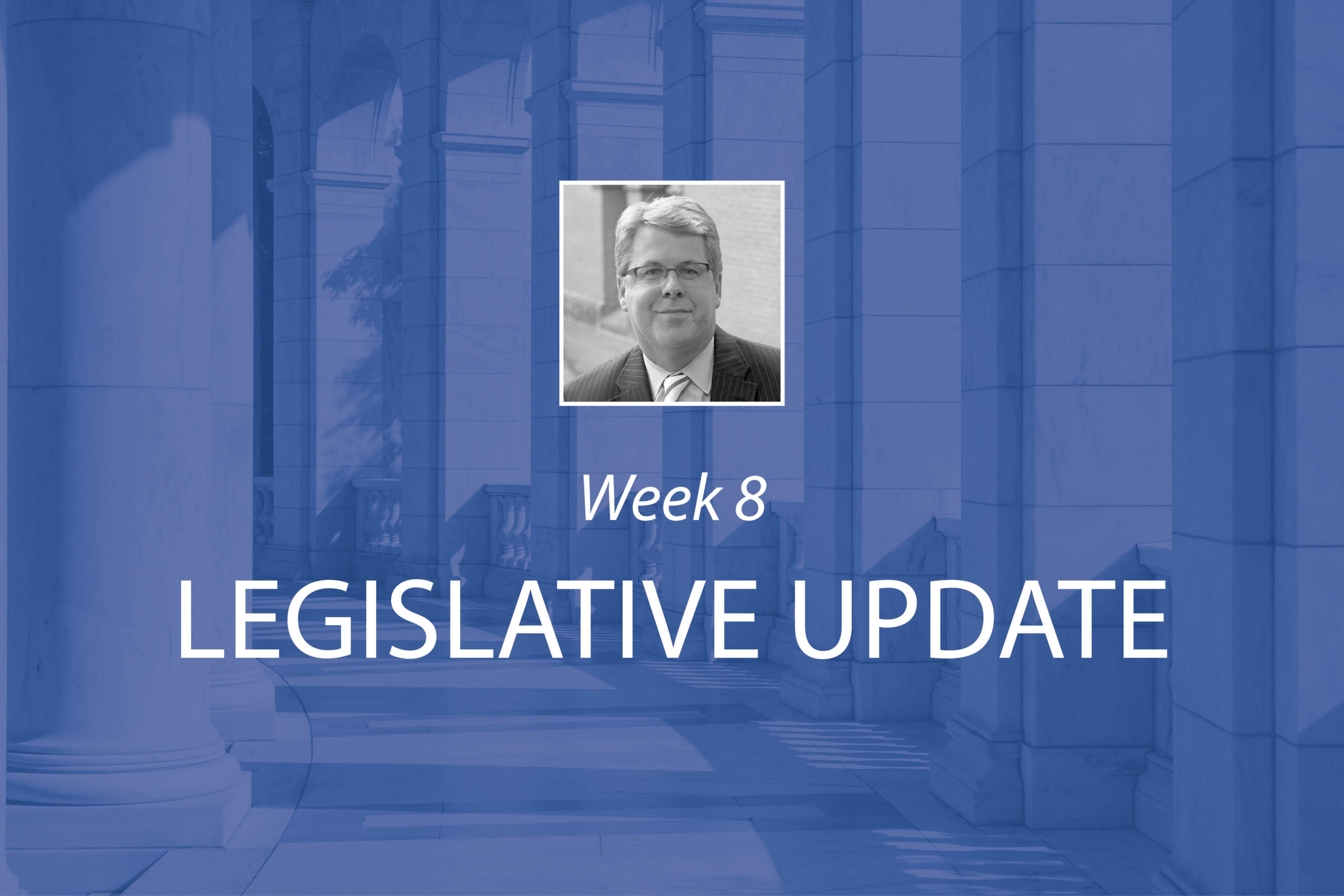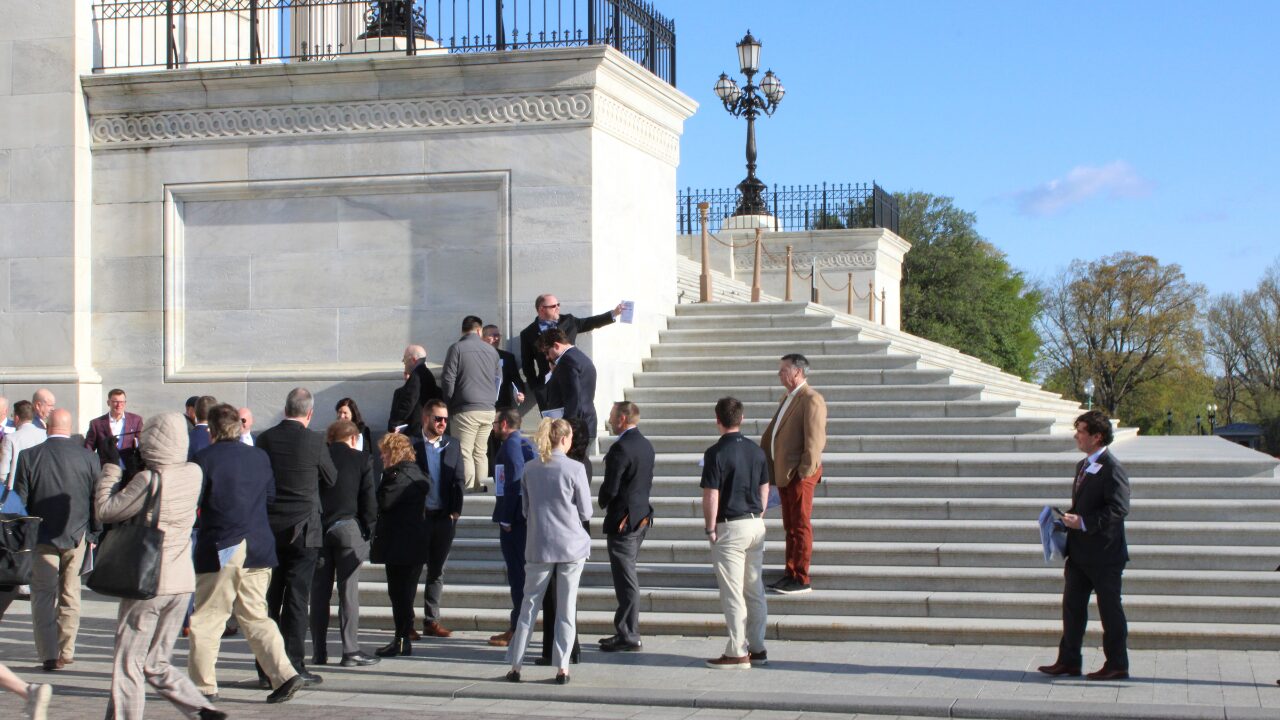Vaccine Mandate
On October the 12th, the Occupational Safety and Health Administration (OSHA) sent its proposed COVID vaccination and testing Emergency Temporary Standard (ETS) to the Office of Management and Budget (OMB) for interagency review. Recall that this proposal will require employers with 100 or more employees to ensure employees are COVID vaccinated or are tested weekly. OMB review is the last step in the process before this proposal is made public. We are hearing that the goal is to roll this ETS out before October 27. An ETS is not a typical rule in the sense that public comments are not accepted during the development of the proposal. However, there will be opportunity to comment once the ETS is issued.
While we anticipate litigation to impose a temporary restraining order on the ETS, the courts have generally found government-imposed vaccine requirements to be a proper exercise of government “police power” to protect public health. ABMA is monitoring the situation closely and will provide a detailed summary of the ETS once it is final.
Workforce Development
This week the Senate Appropriations Committee unveiled 9 of the 12 Fiscal Year 2022 appropriations bills, including the FY 2022 Labor, Health and Human Services, Education and Related Agencies bill that funds workforce development and Career and Technical Education (CTE). The Senate bill includes some important increases in funding for workforce programs including:
- $245 million for registered apprenticeships, which is an increase of $60 million over current fiscal year spending; and,
- $2.9 billion for Workforce Innovation and Opportunity State Grants, which is an increase of $93 million over this year’s level.
The Senate bill also increases funding for the Perkins grant program, which is the principal source of federal funding to states and discretionary grantees for improving secondary and postsecondary career and technical education programs across the nation. The legislation provides the Perkins Basic State Grant a $50 million increase over the FY 2021 level and $30 million over what President Biden recommended in his budget proposal in May. This total funding level, $1.38 billion, is identical to the House bill. Congress will be looking to move this and the other FY 2022 appropriations measures before the current government funding measure, known as a Continuing Resolution or CR, runs out December 3.




